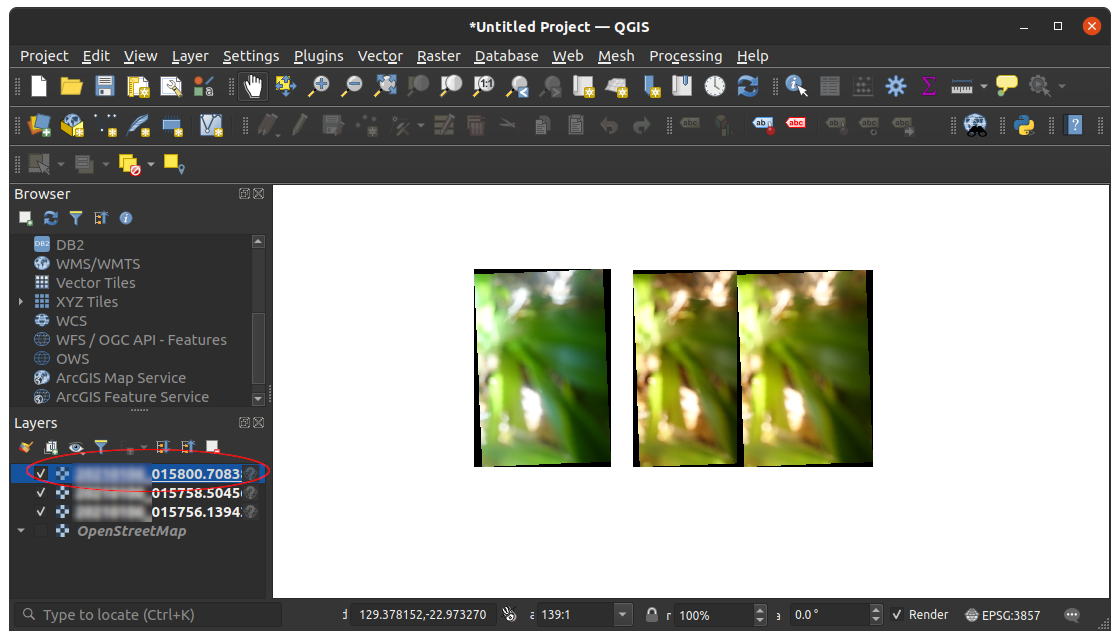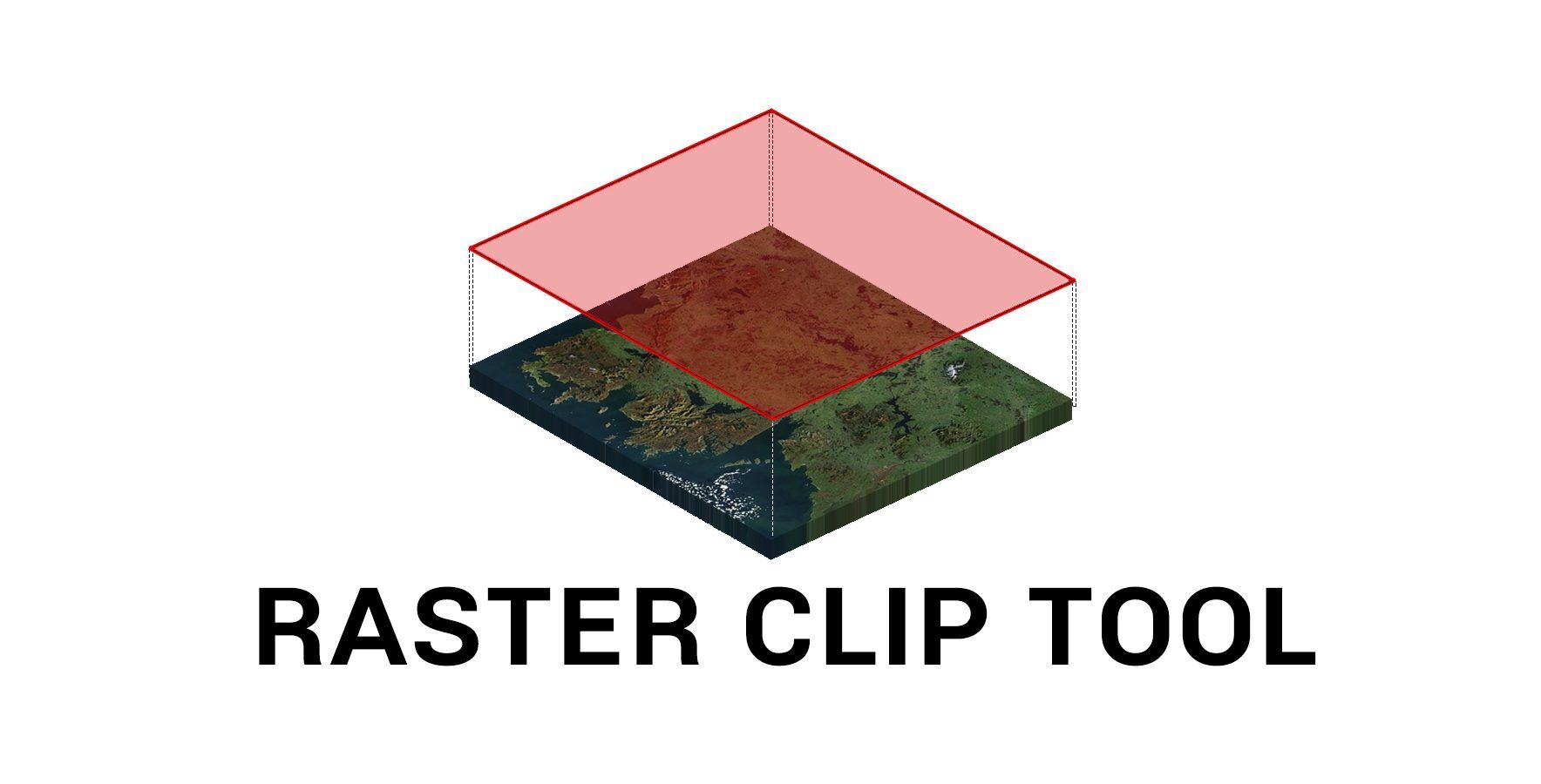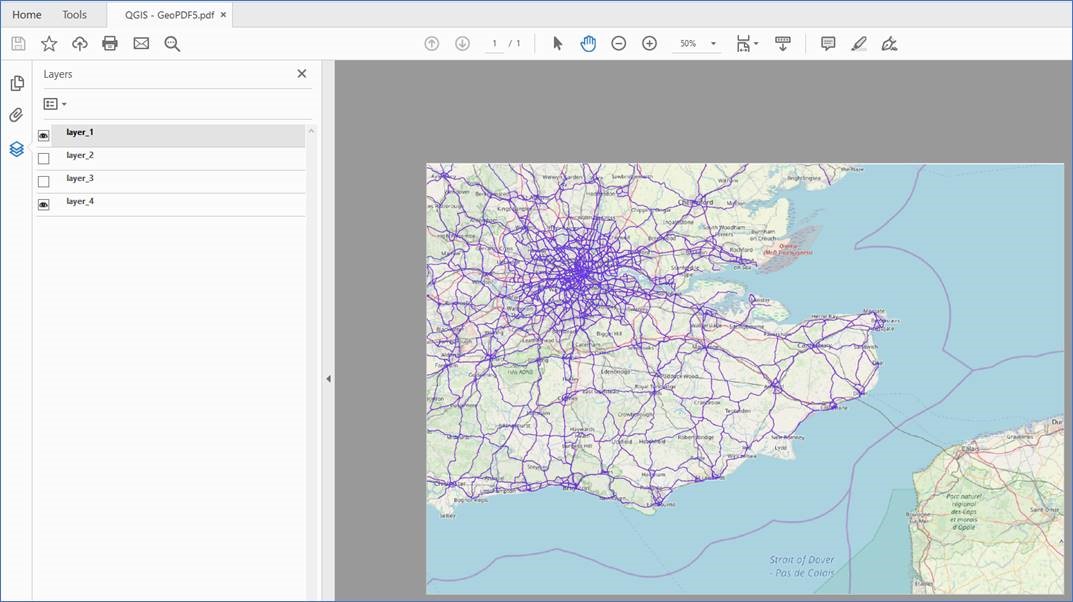

- #Qgis define raster extent how to#
- #Qgis define raster extent install#
- #Qgis define raster extent software#

You can add more input files if necessary.

Replace output_raster.tif with the desired output file name and input_raster1.tif, input_raster2.tif, and input_raster3.tif with the names of the raster files, you want to merge. The gdal_merge.py the utility will handle multi-band raster datasets: gdal_merge.py -o output_raster.tif input_raster1.tif input_raster2.tif input_raster3.tif The process is the same as mentioned before. Merging multi-band raster datasets using GDAL: Using the same tools mentioned earlier (GDAL and QGIS), you can merge raster datasets with multiple bands. The merging process will keep the band structure and merge the bands with the same indices from each input raster. When merging two or more raster datasets with multiple bands, you need to ensure that the input rasters have the same number of bands and that they represent the same type of data. What if the two rasters have multiple bands? The merged raster layer will be added to the Layers panel.Īfter completing either method, you will have a new raster dataset containing the merged data from your input raster datasets.
#Qgis define raster extent install#
#Qgis define raster extent how to#
In this response, I will explain how to perform this task using two popular tools, GDAL (Geospatial Data Abstraction Library) and QGIS.
#Qgis define raster extent software#
Merging multiple raster datasets into a new raster dataset can be done using various GIS (Geographic Information System) tools and software like ArcGIS, QGIS, or GDAL. Want to stay ahead of the geospatial curve? Listen to our podcast! Merging multiple rasters In this blog post, we will delve into the intricacies of merging and mosaicking raster data, providing practical tips and examples using popular GIS tools like GDAL and QGIS. This process can involve merging adjacent rasters, mosaicking overlapping images, or handling different resolutions, projections, and NoData values. Often, we need to combine multiple raster datasets to create a comprehensive, seamless image or to analyze a large area.

Working with raster datasets is a fundamental aspect of geographic information systems (GIS) and remote sensing. Merging and Mosaicking Raster Data: Tips, Tricks, and Best Practices


 0 kommentar(er)
0 kommentar(er)
